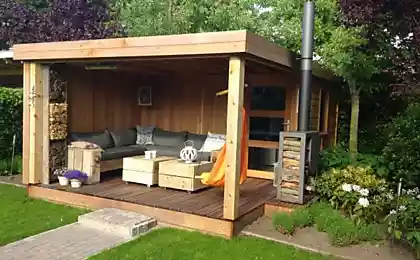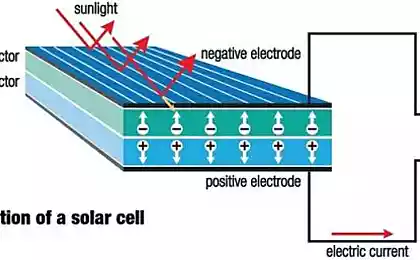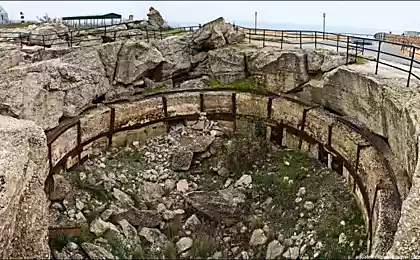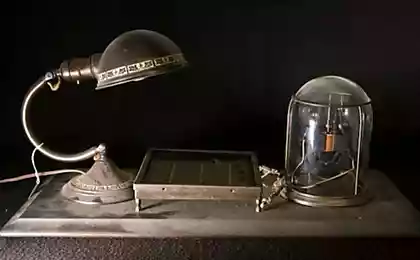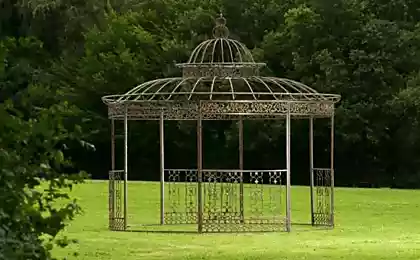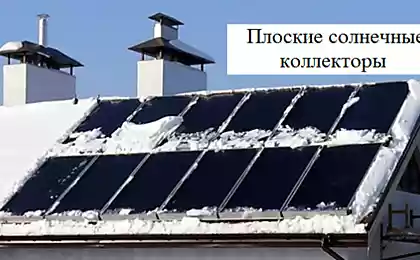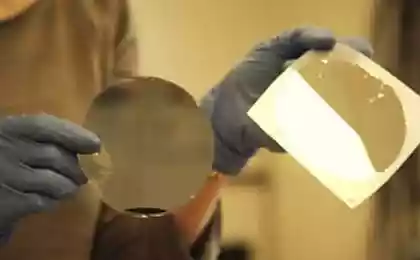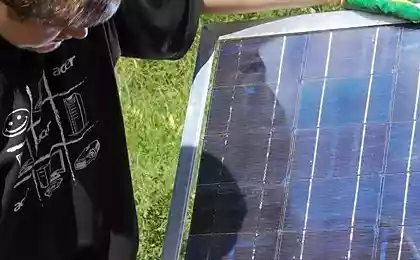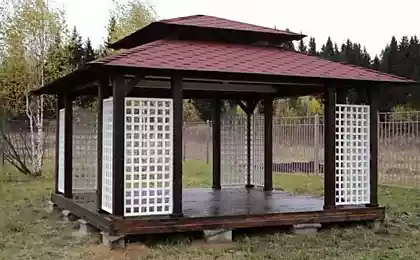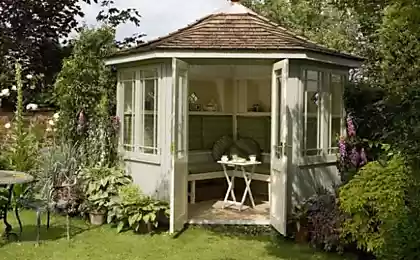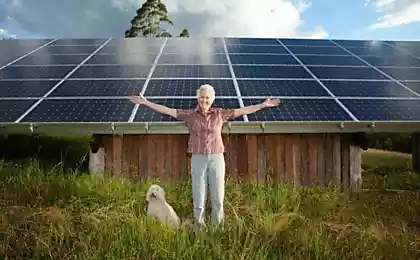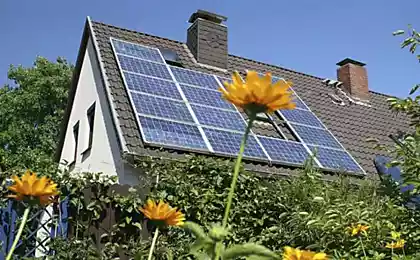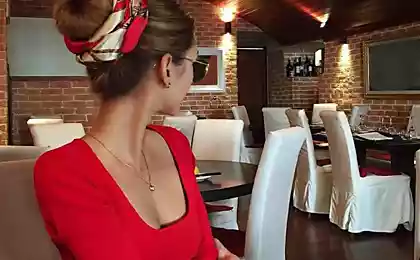199
Students show how to make the planet cleaner
The original solution to the problem of “making the planet cleaner” was proposed by students from the University of Texas. They decided to supply their hometown of Austin with green energy and turned to Sol Design Lab for help. As a result, the city has two solar-powered charging stations that do not need a power grid.
Solar charging stations can be used to charge any appliances, from cell phones to electric scooters. In addition, they can provide energy-efficient lighting, Internet connection, collect environmental data, while displaying all the necessary information on the built-in digital screen.
Graduate students Eric Swanson and Austin Yorn, as well as student Megan Archer, received grants for the construction of “solar” stations. Sol Design Lab chief executive Beth Ferguson, who is herself a graduate of the University of Texas, along with her colleague Dallas Swindle, signed a deal with architects, engineers, designers, manufacturers and environmentalists, bringing the project to an international level.
The goal of the company is to promote the use of clean energy, recycled materials, as well as to convey to the global community the idea of the need for green innovation in a changing world.
Solar charging stations offer students a shady place to rest and recharge their laptops, phones and electrical devices through USB ports or standard electrical outlets. Three solar panels with a capacity of 250 W each, which are equipped with the station, provide recharging, as well as the operation of the Wi-Fi router during the day. The station also has six built-in batteries, which are charged during the day and serve to operate the station at night.
Beth Ferguson said, “With just one station, you can charge 50 cell phones, 10 tablets, 15 laptops or five electric scooters in a day.”
The stations cost $55,000 and $65,000. Austin Yorn, one of the student activists, said, Texas has tremendous potential to harness solar power, not just globally, but for such small projects. This project has helped to show how solar energy can be used in everyday life.”
Source: www.ecobyt.ru/

